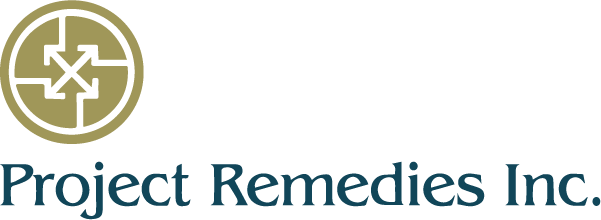APM+ uses pre-defined work processes, often called “templates,” to generate project plans and cost plans. The template is management’s statement of how to do something. Storing the process and demonstrating that the process was used to generate consistent, repeatable project plans, is a key part of proving compliance. Let’s say the template has 75 or 150 tasks and an equivalent number of dependencies. The team lead populates several fields on the Project form, selects the work template he/she wants to use for a repository of work processes, enters a planned start date or planned finish date and clicks on Save. The system automatically generates the project plan and cost plan in seconds. It has the 75 tasks or 150 tasks in the order they are supposed to be in. Want to do it again? Do it again. In seconds. The plan with the 75 tasks or 150 tasks is generated again. Want to do it a third time? Do it again. Same project schedule. Same cost plan. The dependencies are all there.
Automating functions like automatically generating project plans and cost plans and automating notifying people in time for the person to take action and logging each notification in an audit log field are examples of the different ways APM+ is architected to be easy to use. If he / she had to create the project plan from scratch every time, would they remember all of the tasks? So often, we have heard that some of the tasks were not completed because they were not included in the plan. With our approach, that cannot happen.
Another rule we started with is: everything about the project should be on the Project record and everything about the task should be on the Task record. If you are a leader that uses the system infrequently, knowing this gives you confidence that you can find what you are looking for. Easily and quickly.


